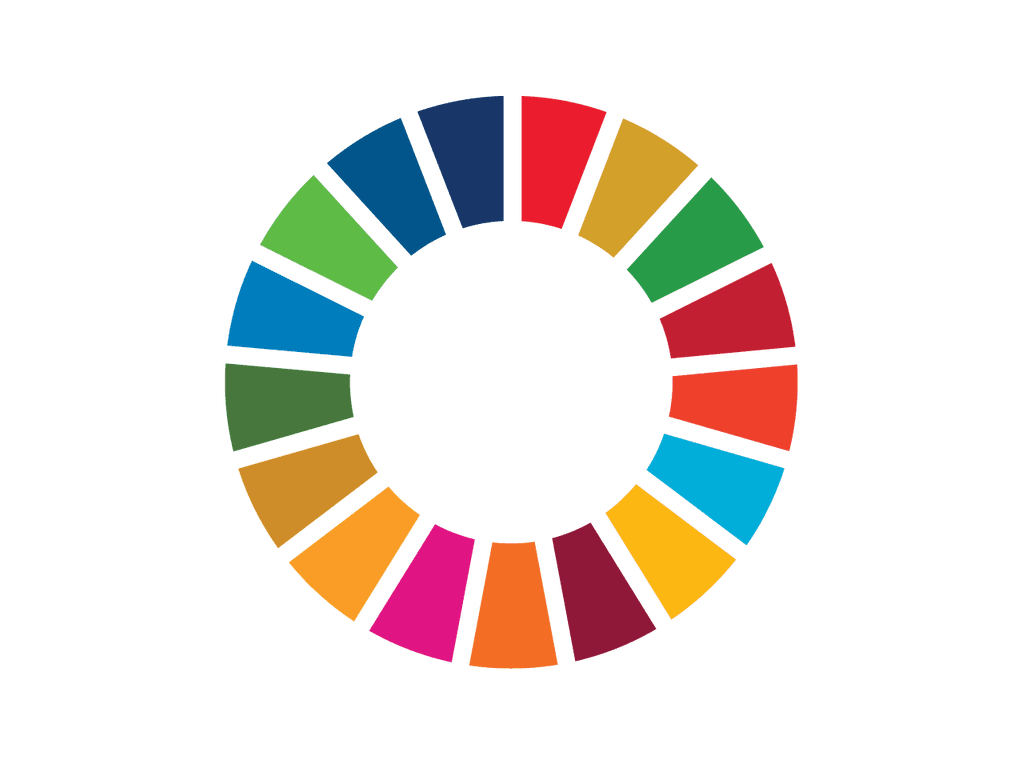Challenge
Natural disasters are a generational wealth determining event, putting homes, jobs, and wellbeing at risk. These events are higher risk for people with fewer financial assets, who tend to buy less and lower quality insurance. (Citation) These populations are also less likely to have access to lawyers who would navigate complicated insurance products and government programs, and are more likely to face systemic bias in government or private sector interactions.
These outcomes are the result of market structure. Insurance companies have pulled out of communities with less flood protection and lower incomes, dramatically increasing shareholder value. Our socialized forms of insurance and reinsurance, government relief, have similarly struggled to adequately provide for these communities. In its discussion of Whole Community Resilience, the US’ FEMA declared “we fully recognize that a government-centric approach to disaster management will not be enough to meet the challenges posed by a catastrophic incident. That is why we must fully engage our entire societal capacity…” The capital of some societal groups will be more stretched than others.
Reinsurance is the wealth defense industry’s response to what happens when capacities are too stretched. Often billed as “insurance for insurers”, excess-of-loss reinsurance protects against loss events that would challenge an insurer’s solvency. For the low price of ~$600B a year, hedge funds guarantee insurer’s payments above a set threshold in major loss events.
When centralized systems fail, communities often turn to mutual aid as a form of insurance, pooling tangible and intangible resources to promote collective resilience and thriving. In the event of significant or repeated catastrophes, however, the financial resources and physical energies of these communities are depleted. Reinsurance for these groups, in the form of financial capital, would ease the practical burden on assets and the emotional burden on the participants. Just as it does for traditional insurance, reinsurance in the mutual aid market would dramatically increase the spread and capabilities of citizen-led disaster response.
Description
We plan to offer reinsurance to 15 people in three mutual aid pods in the event of natural disasters. Our policies would have some light program requirements that encourage best practices when it comes to mutual aid. This pilot would show the demand for and efficacy of a reinsurance product, delivering needed value to participants in the pilot, and creating the foundation for the program to scale with more funding.
We will host a workshop for individuals who are committed to participating in mutual aid pods. Our workshop would have these pods construct a formal plan for sharing resources in order to shelter in place and evacuate. This planning exercise has already been designed and previously led by Miriam Belblidia of Louisiana Water Works.
In each context relevant to storm-prone geographies, the exercise asks pods to identify their shared resources and make them accessible to one another. Additionally, the exercise asks about external resources (both formal, like renters insurance and informal, such as a friend’s house in a safe geography).
Once a pod has participated in the planning exercise, they will have the option to purchase reinsurance related to one of two events: 1) category 3 hurricane or 2) voluntary evacuation. Rather than full indemnification, this prototype would offer parametric payouts. This would balance limited resources with pod needs.
We plan to distribute funds using Circle programmable wallets. Blockchain allows for rapid distribution, verification of spend, and importantly, a certain level of independence from financial institutions. Circle enables digital transmission of funds as well as physical cash access through their debit cards, critical in a disaster environment. Circle has expressed interest in supporting the concept and helping it scale.
Of the approximately $20,000 US, we anticipate $10,000 will go towards the assembly of a funds distribution tool, as well as completion of the workshop. All remaining capital (at least $10,000) will be held as a policy pool. At 5-10% reinsurance premiums, we anticipate that $10,500 - 11,000 will be held in reserves (in US Treasuries) ensuring the solvency of the product through storm season.
We will complete the tech sprint and workshop planning by early 2025, but anticipate completing the workshops and the pilot closer to hurricane season (May 2025). Our first cohorts will be based in New Orleans, Louisiana where Miriam has worked for more than a decade on disaster preparedness and which faces frequent severe disaster risk.
In the event that no claims are made during the hurricane season, the insurance surplus will be distributed to each mutual aid group in the form of a solar-powered generator. It is important to align the incentives of the pods with the long-term as one would in a going concern, so that they see a benefit of not making a claim.
We see this product as highly beneficial to UK communities who have experienced historic flooding, such as those in Yorkshire along the River Don, as they face increasing and increasingly severe flood conditions.
Outcomes
Mutual aid groups are often short-lived due to the unbalanced load placed on assets. If we can incentivize more planning, the longevity of the human and physical capital in these groups may improve. If we can deliver funds quickly to the point of need, then communities’ cash reserves would not be so badly stretched.
There is not currently funding available for community pre-planning or for voluntary evacuation in event of a storm, and if it were more accessible, community resilience post-disaster should improve as well. A person’s ability to pay a lawyer to navigate a claims process will be much higher if they haven’t spent money on diesel while sheltering in place, or on hotels during an evacuation.
Above all, the success of this program, both in its demonstration of the power of mutual aid groups and the productive incorporation of capital instruments would encourage the participation of scaled entities. This initial pilot could encourage non-profit foundations and other mutualist organizations to provide fully indemnified reinsurance to mutual aid groups were the incentives and capital effectiveness proven out.
